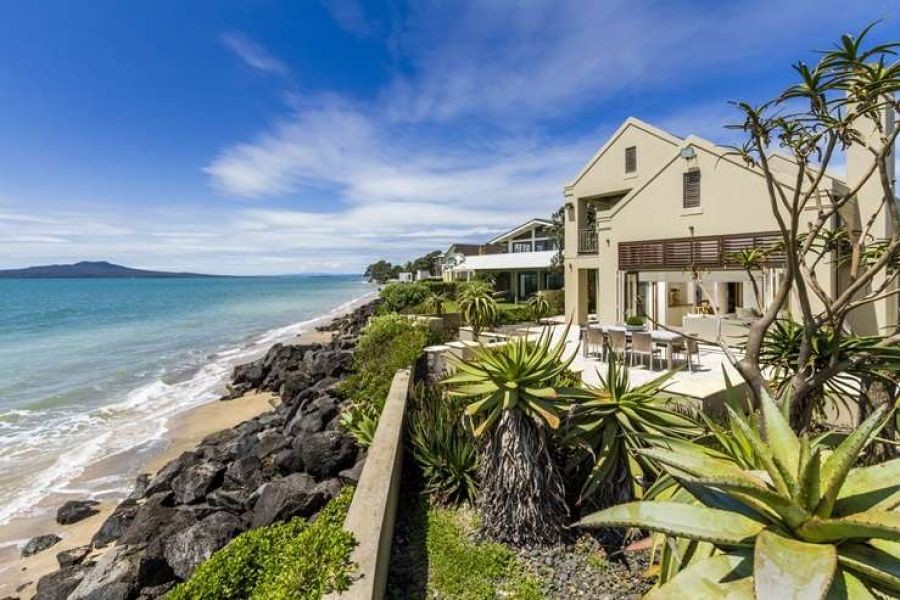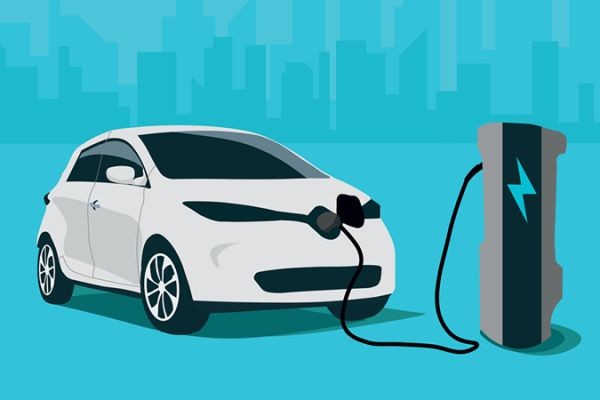Winter and summer road trips in Australia each offer unique experiences, drawing on the country's diverse climate and landscapes. However, when considering comfort, various factors come into play, such as weather conditions, road quality, and tourist traffic. This article delves into the nuances of road tripping across Australia's vast terrains during different seasons, providing insights that are data-backed and contextually relevant to the Australian experience.
Understanding the Seasonal Dynamics
Australia's climate is as diverse as its landscapes, significantly influencing road trip experiences. During summer, temperatures can soar above 40°C in the outback, making air conditioning a necessity. Conversely, winter brings cooler temperatures, particularly in the southern regions, where snow can occasionally fall in the mountains. This seasonal variation affects not only the comfort of travelers but also the vehicles and roads themselves.
The Reserve Bank of Australia notes that seasonal tourism contributes significantly to the economy, particularly in regions that offer unique seasonal experiences. For instance, the Great Barrier Reef attracts more visitors in winter due to milder weather, while the coastal regions of New South Wales and Victoria see a surge during summer months.
Pros and Cons of Summer Road Trips
Pros:
- Longer Daylight Hours: Summer offers extended daylight, providing more time for exploring and reducing the risk of driving in the dark.
- Festive Atmosphere: Many local festivals and events occur during summer, adding cultural richness to trips.
- Beach Destinations: Coastal areas are at their most vibrant, offering opportunities for swimming, surfing, and beachside relaxation.
Cons:
- High Temperatures: Intense heat can lead to discomfort and increased vehicle strain, especially in the outback.
- Increased Traffic: Popular tourist routes can become congested, particularly near major cities and attractions.
- Higher Costs: Accommodation and fuel prices often spike due to increased demand.
Pros and Cons of Winter Road Trips
Pros:
- Comfortable Temperatures: Cooler weather makes for a more pleasant driving experience, particularly in the outback.
- Lower Tourist Traffic: Fewer tourists mean less crowded attractions and more peaceful experiences.
- Unique Landscapes: Snow in regions like the Snowy Mountains provides rare scenic beauty.
Cons:
- Shorter Days: Fewer daylight hours can limit exploration time and increase nighttime driving.
- Weather Hazards: Rain and snow can impact road conditions, particularly in mountainous areas.
- Limited Access: Some attractions may have restricted access due to weather conditions.
Case Study: The Great Ocean Road
The Great Ocean Road, a popular route in Victoria, illustrates the seasonal dynamics of road trips. During summer, the road is bustling with tourists drawn by the scenic coastal views and attractions like the Twelve Apostles. However, this influx often leads to traffic congestion and higher accommodation costs.
In winter, the same route offers a more serene experience. Cooler temperatures make for comfortable travel, and the reduced crowds allow for more intimate encounters with the landscape. Local businesses, particularly in smaller towns, benefit from the consistent flow of visitors during off-peak seasons, highlighting the economic resilience provided by year-round tourism.
Expert Opinions on Road Trip Comfort
According to a study by the Australian Bureau of Statistics, domestic road trips account for a significant portion of internal tourism, with a noted preference for summer travel due to school holidays and favorable weather conditions. However, experts suggest that winter travel can offer equally rewarding experiences, particularly for those seeking tranquility and unique seasonal landscapes.
Automotive experts recommend preparing vehicles for seasonal variations. In summer, ensuring air conditioning efficiency and checking cooling systems can prevent breakdowns, especially in remote areas. In winter, having proper tires and checking heating systems is crucial for safety and comfort.
Myths and Realities
Myth 1: Summer is the Only Season for Road Trips
Reality: While summer is popular, winter offers unique opportunities such as snow sports and less crowded attractions, making it a viable option for comfortable travel.
Myth 2: Winter Road Trips are Dangerous
Reality: With proper preparation and awareness of road conditions, winter trips can be as safe as summer journeys, often with the added benefit of reduced traffic.
Myth 3: Accommodation is Always Cheaper in Winter
Reality: While generally true, certain regions with winter attractions, like ski resorts, can experience price hikes.
Future Trends in Australian Road Trips
As climate change influences weather patterns, the traditional distinctions between seasons may blur, affecting road trip dynamics. According to the CSIRO, Australia's climate is expected to experience warmer temperatures and more variable rainfall, which could shift tourist preferences and impact tourism-related businesses.
Furthermore, advancements in vehicle technology, such as electric vehicles (EVs), are set to enhance the comfort and sustainability of road trips. The Australian government’s push for increased EV adoption, backed by incentives and infrastructure development, will likely make EV road trips more prevalent in the coming years.
Conclusion
Both winter and summer road trips across Australia offer unique experiences that cater to different preferences and comfort levels. While summer provides warmth and a bustling atmosphere, winter offers serenity and cooler temperatures. Understanding the pros and cons of each season, along with careful preparation, can enhance the overall road trip experience. As Australia continues to develop its tourism infrastructure and adapt to climate changes, road trips will remain a popular and evolving way to explore the country's diverse landscapes.
What are your thoughts on the best season for road trips in Australia? Share your experiences and tips in the comments below!
People Also Ask (FAQ)
- How does climate change affect road trips in Australia? Climate change leads to more extreme weather, impacting road conditions and planning. Adaptation strategies, like flexible itineraries, improve safety and comfort.
- What are the best strategies for a successful road trip? Plan routes considering weather, maintain the vehicle, and pack essentials like water and emergency kits. Check local travel advisories for updates.
- How do electric vehicles impact road trips? EVs reduce environmental impact and operating costs. With growing charging infrastructure, they are becoming a viable option for road trips.
Related Search Queries
- Best time for road trips in Australia
- Winter road trip destinations Australia
- Summer road trip essentials
- Impact of climate change on Australian travel
- Electric vehicle road trip Australia





























